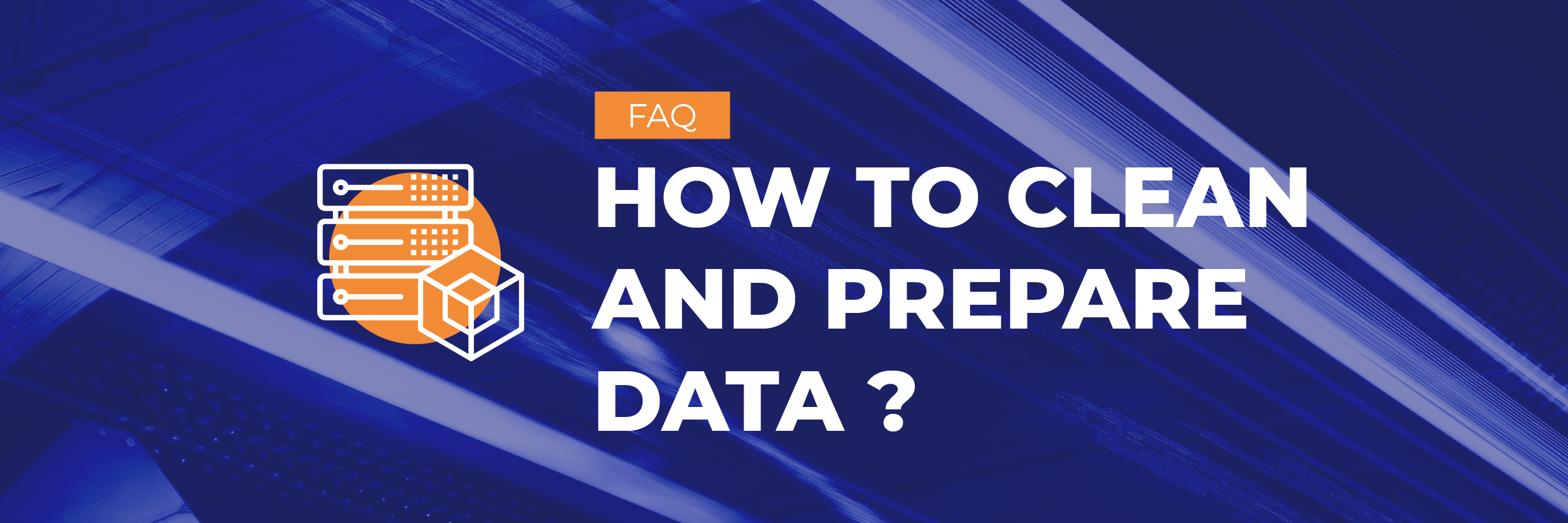
How to clean and prepare data?
Data cleansing (otherwise known as data cleaning) is the process of deleting duplicates, unifying data formats and removing irrelevant, inaccurate or corrupt Data. The aim is to prepare it to increase its quality for increased business productivity. This is an imperative step once data has been collected to ensure that analytics are both precise and reliable.
Any misleading or poor data quality can lead to misguided assumptions and thus has a huge effect on successful business outcomes. The process of data cleansing is also referred to as GIGO (garbage in/garbage out). Misleading raw data leads to inaccurate and/or useless insights and results in ineffective business strategies.
The consequences of this are harmful to business development and consequently, revenue. To avoid this from occurring, precise data cleaning steps should be implemented as an automated process to ensure data scientists are making the most of their expertise and time. Below is a guide outlining how to do this successfully:
- Retrieve data before converting it into a processing format so a full analysis can be performed. The chosen format must align with the business cases. For instance, the date which data is collected may not always be formatted to a dataset. E.g. February 1st can be written using various formats–the aim is therefore to unify this format.
- Data matching is the phase when various datasets are compared to a reliable data source, whose naming and information are standardised. This eliminates duplicates when multiple sources are being used to collect data, it unifies data naming and prevents structural issues so that missing fields are completed. This phase of data cleaning is best performed by referring to master data (or a data catalogue) which is already recognised as a clean dataset reference. For example, the use of machine learning techniques provides scoring regarding data conformity that helps data scientists to recognise accurate data. Data scientists can then specify and define KPIs to track volumetry and processing to modify and match rates.
- Consistent reporting is just as essential as data cleaning. Data quality is measured by comparing it to the expected results. It’s useful to verify the efficiency of data types and to establish effective KPIs. These include the number of empty values missing from the dataset, and data time-to-value to track time taken from sourcing data to gaining actionable information.
- Standardise and industrialise data cleaning processes to ensure that they remain consistent, adhering to an automated model that aligns with business strategies and practices. Data governance is an essential element that guarantees professional management of a business’ data assets. This can include data stewardship of data quality to attain improved control and management of data assets using proper methods, business intelligence tools and tracking performance behaviours.
Want to find out more?
© Lizeo Group 2025, all rights reserved
